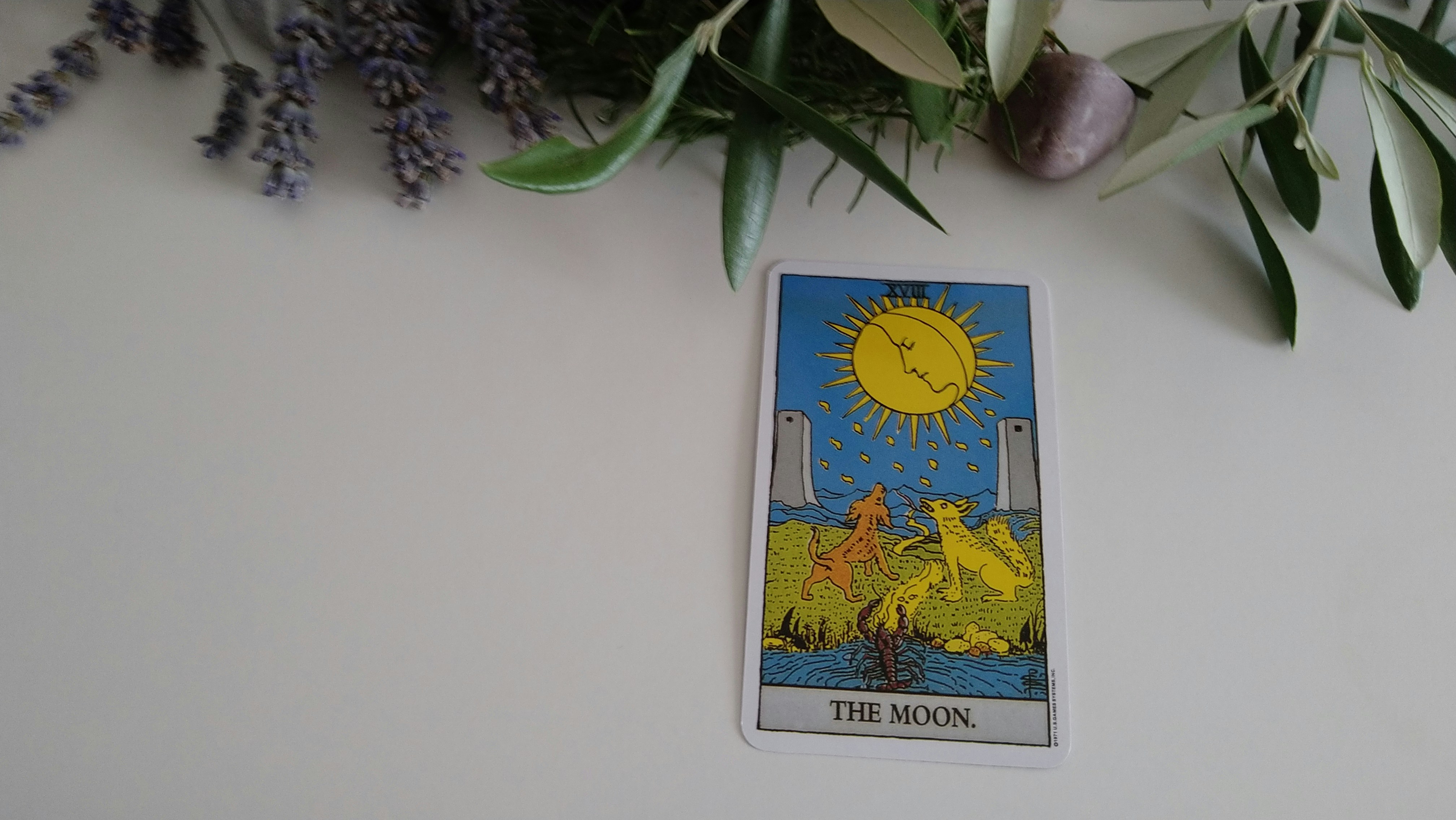Introduction to 2025 and Its Astrological Significance
The year 2025 is poised to be a transformative period in astrology, characterized by significant planetary movements and alignments that may deeply influence the lives of individuals across the zodiac spectrum. As the universe unfolds, these celestial changes are anticipated to catalyze pivotal moments, leading to major life transformations. Understanding these shifts involves delving into the concept of astrological transits, which are the movements of planets in relation to the natal chart of an individual. Every transit carries potential energies that can foster personal growth, self-discovery, and substantial evolution.
In 2025, several key alignments are expected to catch the attention of astrologers and enthusiasts alike. For instance, the shift of Jupiter into new signs can generate waves of optimism and opportunities for expansion, prompting many to reassess their life trajectories. Similarly, the influence of Saturn, renowned for its role in lessons and responsibilities, can serve as a catalyst for maturity and transformation. These transitory phases may vary significantly depending on one’s zodiac sign, with some signs experiencing more pronounced effects than others.
Each zodiac sign will respond to these cosmic shifts differently, creating a complex tapestry of experiences. For many, the energy of 2025 may urge them to confront challenges head-on or embrace new opportunities. By examining the astrological landscape of 2025, individuals can gain insights into the probable manifestations of these planetary influences, thereby setting the foundation for meaningful changes in their personal and professional lives. As this year unfolds, the importance of being attuned to astrological events becomes clear, as they promise to reshape perspectives and redefine paths for countless people.
Aries: Embracing New Beginnings
The year 2025 is poised to be a transformative period for individuals born under the sign of Aries. As one of the most dynamic signs in the zodiac, Aries will experience significant opportunities for personal growth, career advancement, and rejuvenated relationships. This is attributed, in part, to Jupiter’s transit through Aries, which illuminates the path for new ventures and expands horizons.
One of the primary areas where Aries can anticipate change is in their professional life. The influence of Jupiter is believed to bring forth potential career breakthroughs. Aries individuals might find themselves drawn to new projects or even entirely new job roles that resonate with their ambitions and creative instincts. The energy of 2025 encourages taking calculated risks, allowing for innovative ideas to flourish within the workplace.
In addition to career developments, 2025 is also a favorable period for forming new relationships or deepening existing ones. Aries individuals, known for their bold and passionate nature, may find themselves attracted to new companionships that align with their evolving values and life goals. The astrological climate fosters connections marked by enthusiasm and mutual support, nurturing bonds that could be transformative in their emotional landscape.
Furthermore, personal development will be a key focus in 2025. Aries individuals are likely to feel an innate desire to explore their true selves, prompting journeys of self-discovery. This could involve engaging in new hobbies, educational pursuits, or workshops designed to enhance skills and confidence. With the right mindset and openness to change, Aries can harness the positive energies of the year to foster resilience and adaptability.
Overall, the transformative energy surrounding Aries in 2025 offers a unique chance for personal evolution that should not be overlooked. By embracing new beginnings with courage and enthusiasm, Aries can redefine their trajectories in both personal and professional spheres.
Cancer: Navigating Emotional Overhauls
As 2025 approaches, the Cancer zodiac sign can expect significant emotional transformations influenced by the lunar cycles and astrological eclipses. Cancers, known for their deep emotional sensitivity, will find themselves confronted with powerful feelings that may demand attention. The cosmos will present opportunities for Cancers to delve into their innermost thoughts, prompting a thorough reassessment of personal relationships and emotional patterns that might no longer serve their well-being.
The lunar cycles will play a critical role in these emotional shifts. As the moon waxes and wanes, Cancers may experience fluctuating moods that encourage introspection. For instance, the new moon phases can herald beginnings, making them suitable times to set intentions for emotional healing and growth. Conversely, during the full moon phases, particular stressors or relationships may come to light, urging Cancers to confront unresolved issues. This process can be emotionally intense, but it ultimately aims to foster clarity and healing.
Eclipses will also serve as pivotal moments for Cancers in 2025. These astronomical events often bring unexpected changes, challenging Cancers to adapt and navigate through emotional upheavals. It is essential for Cancers to embrace these transformative experiences as catalysts for growth. As they confront their feelings, they may find the motivation to eliminate detrimental relationships or reaffirm positive connections that enrich their emotional landscape.
Moreover, this year may push Cancers to pursue therapeutic avenues such as counseling or group support, which can provide them with the tools needed for emotional resilience. The journey through 2025 will be pivotal for Cancers, urging them to prioritize their emotional well-being and foster strong, supportive relationships. By cultivating self-awareness and compassion, Cancers can navigate these emotional overhauls, leading to personal and relational growth in the years ahead.
Libra: Redefining Relationships and Partnerships
As we approach 2025, Libras are poised for a period of profound transformation, particularly in their relationships and partnerships. Governed by Venus, the planet of love and beauty, Libras naturally prioritize harmony and balance in their interactions. This year, however, the influence of Uranus introduces a distinctive dynamic, compelling Libras to reevaluate their existing connections. The interplay between these celestial bodies suggests that significant changes in social and romantic spheres are on the horizon.
Libras may find themselves assessing the foundations of their relationships, questioning what truly brings them joy and fulfillment. This introspection may manifest as a desire to establish deeper connections or, conversely, a need to distance themselves from relationships that no longer resonate with their evolving selves. In this context, the theme of balance becomes paramount. Libras will need to strive for equilibrium between personal needs and the requirements of their partnerships, ensuring that both aspects are nurtured and respected.
Moreover, as Libras navigate this transformative phase, there may be lessons to learn regarding communication and compromise. Being proactive in expressing feelings and desires will be essential for fostering understanding within relationships. As Libras embrace these changes, they may discover new social groups or meet partners who align more closely with their values and aspirations. This could lead to the establishment of innovative relationships characterized by shared ideals and mutual support.
Ultimately, for Libras in 2025, the journey towards redefining relationships and partnerships is not merely about change. It is about growth, self-discovery, and ultimately creating connections that resonate with their true selves. Embracing this transformative period will enable Libras to cultivate a sense of harmony in their lives, forging relationships that reflect their evolving identities.
Scorpio: Career Transformations and Power Struggles
As 2025 approaches, Scorpios can anticipate significant shifts in their professional landscape. Governed by the intense and transformative energy of Pluto, Scorpios are usually no strangers to career changes, and this year appears to amplify that tendency. Key developments may prompt them to reevaluate their career paths, often leading them toward unexpected job shifts that align more closely with their evolving personal aspirations.
In the realm of employment, Scorpios might find themselves in situations where power dynamics become more pronounced. This could manifest as new leadership roles or challenges posed by colleagues who may be vying for the same positions of authority. The year ahead calls for Scorpios to be vigilant, as they may need to assert their presence and abilities in order to navigate these complexities successfully. Establishing clear boundaries and exploring their leadership potential can prove essential, aiding them in overcoming challenges that arise in the workplace.
Moreover, collaboration and networking may play a pivotal role in these career transformations. Scorpios’ innate ability to forge deep connections can be harnessed to create avenues for growth and support. As they pursue their aspirations, engaging with mentors or seeking out collaborative projects can provide the necessary boost to elevate their professional standing. However, they should remain cautious of power struggles that can lead to tension; maintaining a balance between assertiveness and diplomacy will be critical.
By acknowledging the impending changes and proactively responding to them, Scorpios are poised to not only enhance their professional lives but also discover deeper layers of their own potential. The transformative energy present in 2025 offers them an invaluable opportunity to reshape their careers, and it will be essential to approach this period with both awareness and enthusiasm.
Aquarius: Embracing Personal Freedom and Innovation
The year 2025 promises to be a transformative period for individuals born under the Aquarius sign, characterized by groundbreaking changes in both personal and professional arenas. With the influential presence of Uranus, the ruling planet of Aquarius, there is an expectation for significant breakthroughs that may inspire a fresh outlook on life. Aquarians are traditionally known for their innovative spirit and independence, and these traits will be particularly amplified during this time.
As they navigate this year, Aquarians may find themselves more inclined to explore unconventional ideas and innovative fields, stretching beyond the limitations of traditional norms. This inclination may manifest in various ways, from pursuing new career opportunities that align with their values to engaging in social movements that resonate with their intrinsic ideals of tolerance and progress. The desire to innovate may also lead Aquarians to reject outdated practices in both their personal and professional lives, seeking instead paths that reflect their unique identities.
This period signifies a call to action for Aquarians to harness their individuality. It could be an opportunity for them to actively engage in creative projects that express their distinct perspectives. The effects of this astrological shift will encourage them to foster their personal freedom, creating environments that celebrate daring ideas and dynamic change. As they embark on this journey of self-discovery, Aquarians may also inspire those around them to break free from conventional restraints, cultivating a culture of innovation and inclusivity.
In sum, 2025 stands as a pivotal year for Aquarians, filled with opportunities for self-expression and the chance to innovate in ways that resonate deeply with their personal beliefs and aspirations. Embracing these changes can lead to profound growth and rich experiences, aligning them more closely with their authentic selves.
Pisces: Spiritual Awakening and Introspection
As we look ahead to 2025, Pisceans may find themselves on the precipice of a profound spiritual awakening. The year promises an opportunity for introspection, prompted by significant astrological alignments, particularly the positioning of Neptune. This alignment will serve as a catalyst for personal growth, guiding Pisceans to delve deep into their inner selves.
Pisceans are often characterized by their imaginative and intuitive natures. In 2025, these traits will be amplified, encouraging individuals to explore their emotional landscapes and engage in transformative practices. Meditation, introspection, and journaling may become essential tools during this year, allowing Pisceans to connect with their deeper emotions and thoughts. Such practices will promote healing and self-discovery, facilitating a clearer understanding of their life paths.
The influence of Neptune encourages creativity to flourish among Pisceans. This surge of inspiration may manifest as artistic endeavors, whether through painting, writing, or music. By engaging in creative outlets, Pisceans can channel their innermost feelings, leading to a greater sense of fulfillment and purpose. The year will be marked by a blend of ethereal imagination and grounded practicality, allowing Pisceans to balance their dreams with reality.
Moreover, the journey of spiritual awakening can prompt Pisceans to reassess their relationships and personal boundaries. As they grow more attuned to their own needs and values, they may find themselves drawn to communities or individuals that resonate with their evolving perspectives. This shift can lead to supportive connections that foster their continued growth.
In summary, 2025 holds the promise of significant personal transformations for Pisceans, as they embark on a journey of introspection and self-discovery. The alignment of Neptune serves as a guiding light, encouraging them to embrace their spiritual paths and reconnect with their authentic selves. Through this process, Pisceans are likely to emerge with a renewed sense of purpose and clarity.
How Mutable Signs (Gemini, Virgo, Sagittarius, Pisces) Will Adapt
As we approach 2025, mutable signs—including Gemini, Virgo, Sagittarius, and Pisces—are poised to face a variety of transformative life changes. These signs are inherently adaptable, exhibiting versatility and resilience in the face of unexpected events. The energy of the cosmic environment will play a critical role in shaping their experiences, with significant planetary transits influencing their ability to navigate these transitions effectively.
Gemini, known for their quick-wittedness and resourcefulness, will find that their natural curiosity enables them to explore new possibilities. In 2025, they are likely to encounter situations that push them to learn rapidly, prompting personal growth. With the influence of key planetary movements, Gemini will need to harness their ability to pivot and communicate effectively, ensuring they remain open to new ideas and perspectives that may emerge along the way.
Similarly, Virgo’s analytical and detail-oriented nature positions them well to address challenges with practicality. As changes arise, Virgos should employ their organizational skills to break down complex situations into manageable tasks, allowing for a more structured approach to adaptation. Emphasizing self-care during this period will also be essential for maintaining their mental and emotional well-being amidst the upheaval.
For Sagittarius, the desire for exploration will be a significant asset. Their willingness to embrace adventure can lead to positive transformations; however, they may need to temper their impulsivity. Practicing patience and reflection will be crucial as they navigate pathways that are likely to challenge their conventional beliefs.
Pisces will find solace in their intuitive capabilities, which will guide them through times of uncertainty. In 2025, strengthening their emotional grounding will be essential as they encounter shifts. By trusting their intuition and fostering creativity, Pisces can turn challenges into opportunities for deeper self-discovery and growth.
Tips for All Signs to Navigate Life Changes in 2025
As we approach the year 2025, all zodiac signs can anticipate significant transformative life changes. Embracing these shifts can lead to personal growth and a deeper understanding of oneself. Here are several actionable strategies to help navigate the challenges and opportunities that come with this transformative period.
First, cultivating self-awareness is essential. Individuals should take the time to reflect on their emotions, desires, and reactions to change. Journaling can be an effective tool in this process, allowing one to document thoughts and feelings, thereby gaining clarity on situations. This practice promotes emotional intelligence, which is crucial when facing life changes.
Next, adaptability plays a vital role in overcoming obstacles. Those who can remain flexible in their thoughts and actions are more likely to thrive during transitions. Consider setting smaller, achievable goals that align with broader life changes. This approach makes daunting transformations feel more manageable and provides a sense of accomplishment as each goal is met.
Networking and fostering relationships is another key strategy. Building a support system comprising friends, family, or colleagues can provide encouragement and guidance during uncertain times. Discussing challenges and success stories can foster a sense of community, reminding everyone that they are not alone in their journey.
Moreover, it is crucial to seize opportunities that arise during this period. Every change presents a chance to learn and grow. Embrace new experiences, whether through personal endeavors or professional pursuits. Taking calculated risks can lead to unforeseen rewards and new pathways.
Lastly, prioritize self-care. Engaging in physical activities, mindfulness practices, or creative hobbies can enhance resilience against stress. Nurturing both the mind and body prepares individuals to face life’s challenges with a positive outlook.
In summary, by embracing self-awareness, adaptability, supportive networks, and self-care, all zodiac signs can navigate the impending life changes of 2025 with confidence. These strategies not only foster resilience but also enhance personal growth throughout this transformative period.
Conclusion: Embracing Transformation and Growth
As we look ahead to the transformative year of 2025, it becomes evident that significant changes are on the horizon for various zodiac signs. Throughout this blog post, we have examined how the energies of the upcoming astrological shifts are set to catalyze growth and reinvention across the zodiac wheel. Each sign is poised to experience its own unique journey of transformation, whether it manifests as personal growth, career shifts, or shifts in relationships.
For the signs facing major life changes, understanding the astrological influences at play can empower them to navigate these transitions with confidence. Embracing the unknown can be daunting, but it also opens up a realm of possibilities that may lead to profound self-discovery and renewed purpose. Those who are willing to adapt and embrace these changes can expect to flourish amidst the challenges.
Furthermore, it is crucial to maintain an open mindset during this transformative period. As opportunities arise, individuals should be encouraged to trust their instincts and explore new paths. The energies of 2025 will not only compel zodiac signs to confront their fears but also to harness their potential, encouraging them to step into their true selves. The cosmic shifts imply that while challenges may accompany changes, the rewards can be life-altering and inspiring.
Ultimately, the journey through transformation requires patience and self-compassion. As we embrace the lessons and experiences that 2025 brings, it is essential to remember that every change is an opportunity for growth. By remaining open to the unexpected, individuals can navigate the transformative times ahead, emerging stronger and more aligned with their true aspirations.









